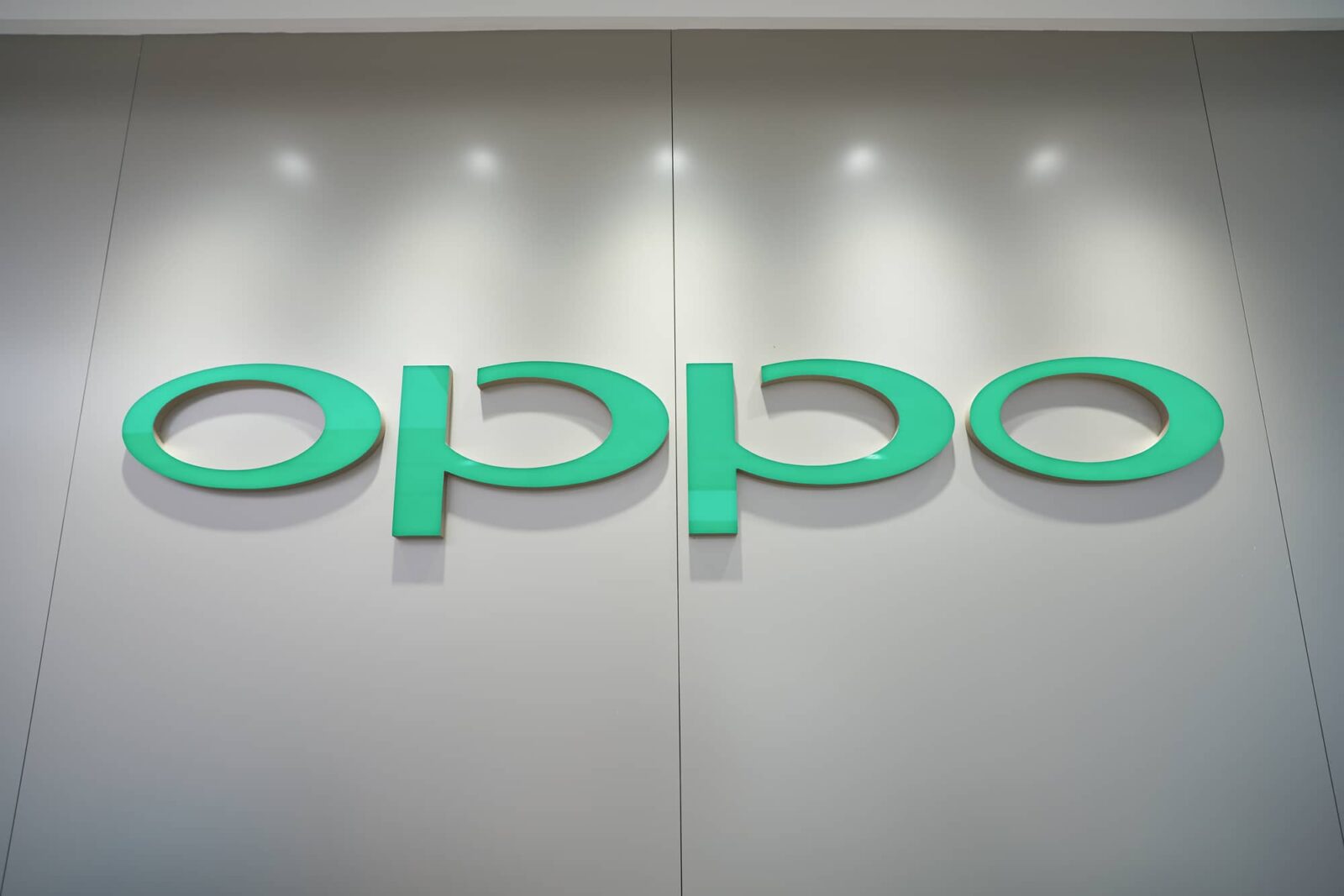OPPO Zero-Power communication devices are battery-free, highly compact and very low cost and power consumption. They can effectively reduce the maintenance costs, waste and pollution associated with current electronic devices
OPPO presents Zero-Power Communication technology: goodbye batteries
In the future, IoT devices will be able to draw energy directly from Bluetooth, Wi-Fi and cell phone signals. This will ensure improved performance and functionality, including smaller size, longer life and lower costs. Electronic tags are applied to locate objects without the need to replace or recharge the chip’s battery. This will lead to a clear decrease in the number of batteries used. These are the futuristic scenarios illustrated in White Paper “Zero-Power Communication” di OPPO.
Today, the OPPO Research Institute presents the new White Paper “Zero-Power Communication“. The paper examines the role of Zero-Power Communication technology within the current IoT context. The paper also outlines a road map for the development of this technology in conjunction with other communication systems of the future.
Power the devices through radio frequency energy
Most portable electronic devices rely on batteries as their sole power source. Technology based on the use of batteries has grown a lot, making great progress over the years. However, it still presents significant problems in terms of overall size, manufacturing cost, durability, ease of use and environmental friendliness.
La tecnologia Zero-Power Communication of OPPO allows you to eliminate dependence on batteries. The aim is to capture radio frequency energy from the environment and generating a new power source. All with the possibility of obtaining highly compact, efficient and low-cost devices. Such structures are capable of bring benefits to different areas and sectors: the commercial one, which includes warehouses, logistics and agriculture systems; that of wearable devices, smart homes and other cutting-edge consumer fields.
I Zero-Power devices can collect environmental radio signals broadcast from sources such as TV towers, FM radio towers, base stations, and Wi-Fi access points (APs), using them as a power source. After harvesting the energy from existing radio waves, the device can modulate environmental radio signals with its own information and transmit these signals outside in a process known as back broadcast communication. When designing Zero-Power communication networks, the coexistence of these networks with existing 4G / 5G systems, in addition to unlicensed and licensed bands, must be considered.
OPPO aims to promote the new Zero-Power Communication standard
OPPO already has successfully built its own Zero-Power Communication system and demonstrated its feasibility for future communication networks. In addition to its own innovation, the company is also implementing an initiative aimed at promote the Zero-Power Communication standard.
Prior to the Zero-Power Communication White Paper, OPPO also published il 6G AI-Cube Intelligent Networking White Paper in its continuous search for cutting-edge communication technologies. In line with the mission of the brand “Technology for mankind, kindness for the world”, OPPO aims to release the technology of commercial communication Zero-Power within the next 3-5 years.
















Leave a Reply
View Comments